Home>Furniture & Design>Outdoor Furniture>What Should You Do When Planning Outdoor Activities?
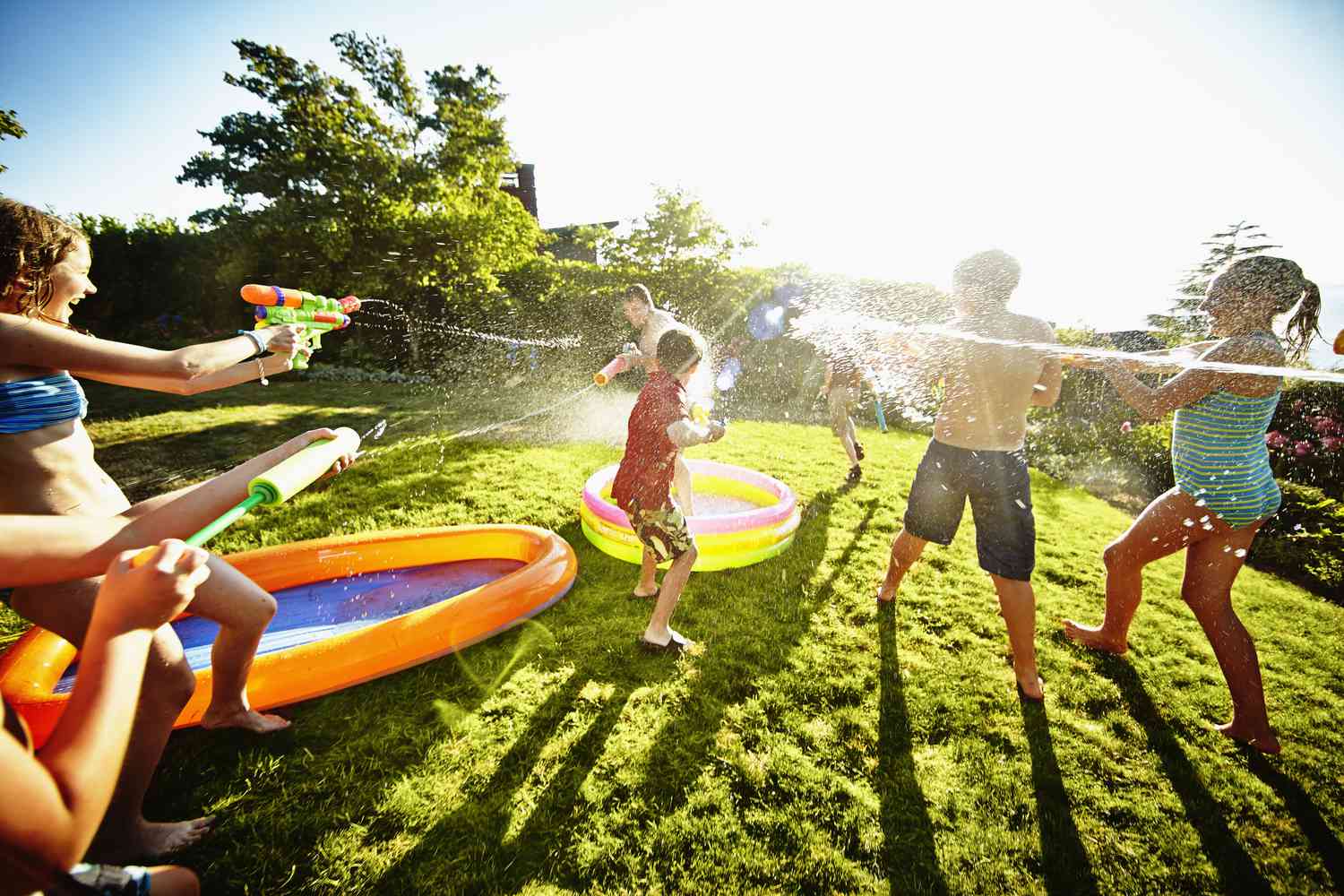

Outdoor Furniture
What Should You Do When Planning Outdoor Activities?
Modified: January 26, 2024
Discover the best outdoor furniture, design tips, and expert advice for planning your outdoor activities. Get inspired to create your perfect outdoor space.
(Many of the links in this article redirect to a specific reviewed product. Your purchase of these products through affiliate links helps to generate commission for Storables.com, at no extra cost. Learn more)
Assessing the Weather Conditions
When planning outdoor activities, one of the most critical factors to consider is the weather. The weather can significantly impact the success and safety of your outdoor adventure. Here are some essential aspects to consider when assessing the weather conditions:
- Temperature: The temperature plays a crucial role in determining the type of outdoor activities that are suitable. Whether it’s a sweltering summer day or a chilly winter morning, understanding the temperature variations throughout the day is essential for planning appropriate activities and packing the right gear.
- Precipitation: Rain, snow, or hail can quickly dampen the spirits of outdoor enthusiasts. Checking the probability of precipitation and the expected amount can help in deciding whether to proceed with the planned activities or consider alternative options.
- Wind Conditions: The speed and direction of the wind can impact various outdoor pursuits, such as sailing, kite flying, or hiking. Understanding the wind conditions is crucial for ensuring the safety and enjoyment of participants.
- Weather Forecasts: Keeping an eye on weather forecasts from reliable sources is imperative. These forecasts provide valuable insights into the expected weather patterns, allowing for informed decision-making and necessary adjustments to the planned activities.
- Local Climate: Different geographical locations have unique climate characteristics. Whether it’s coastal areas, mountainous regions, or deserts, understanding the local climate patterns is essential for anticipating potential weather challenges.
By thoroughly assessing the weather conditions, outdoor enthusiasts can make informed decisions, ensuring a safe, enjoyable, and memorable experience amidst the beauty of nature.
Key Takeaways:
- Always check the weather before planning outdoor activities. Consider temperature, precipitation, wind, and local climate to ensure a safe and enjoyable experience.
- Pack the right gear and plan for safety to have a fun and secure outdoor adventure. Consider clothing, footwear, safety equipment, and environmental impact to make the most of your time outdoors.
Choosing Suitable Activities
Once you’ve assessed the weather conditions, the next step in planning outdoor activities is selecting suitable options that align with the forecasted weather and the preferences of the participants. Here are several factors to consider when choosing activities:
- Weather Compatibility: Certain activities are better suited for specific weather conditions. For instance, sunny days may be ideal for picnics, beach outings, or outdoor sports, while overcast or rainy weather could create the perfect ambiance for nature walks, birdwatching, or exploring local museums.
- Participant Preferences: Understanding the interests and physical capabilities of the participants is crucial. Whether it’s a family outing, a team-building event, or a solo adventure, selecting activities that cater to the preferences and comfort levels of the participants ensures an enjoyable experience for everyone involved.
- Accessibility: Consider the accessibility of the chosen location and the activities available. Factors such as proximity, transportation options, and facilities (such as restrooms, parking, and amenities) can influence the suitability of the chosen activities.
- Seasonal Opportunities: Embracing seasonal activities can add a unique charm to outdoor experiences. From apple picking in the fall to snowshoeing in the winter and wildflower hikes in the spring, aligning activities with the natural rhythms of the seasons can create unforgettable memories.
- Group Dynamics: For group outings, it’s essential to select activities that promote interaction, teamwork, and shared experiences. Activities such as group games, team challenges, or collaborative projects can foster camaraderie and create lasting bonds among participants.
By carefully considering these factors, you can ensure that the chosen activities harmonize with the weather conditions and the preferences of the participants, setting the stage for a delightful outdoor adventure.
Planning for Safety
Ensuring the safety of all participants is paramount when organizing outdoor activities. A comprehensive safety plan can mitigate potential risks and contribute to a positive and secure outdoor experience. Here are key elements to consider when planning for safety:
- Risk Assessment: Conduct a thorough risk assessment for the chosen activities and their respective locations. Identify potential hazards such as uneven terrain, wildlife encounters, weather-related risks, or water-related dangers. Understanding these risks is the first step in implementing effective safety measures.
- Emergency Preparedness: Equip yourself with the knowledge and tools to handle potential emergencies. This includes carrying a first aid kit, knowing basic first aid and CPR, and familiarizing yourself with emergency contact information and the nearest medical facilities or ranger stations.
- Communication Plan: Establish a clear communication plan for the group, ensuring that everyone knows how to stay connected, especially in areas with limited or no cellular reception. Consider using walkie-talkies, setting rendezvous points, and sharing the itinerary with a trusted contact who can be reached in case of an emergency.
- Weather Monitoring: Continuously monitor the weather conditions throughout the duration of the outdoor activities. Be prepared to make timely decisions based on changing weather patterns to ensure the safety and well-being of all participants.
- Group Briefing: Before embarking on the outdoor adventure, conduct a comprehensive briefing covering safety guidelines, emergency procedures, and expectations for responsible conduct. Encourage open communication and the reporting of any concerns to promote a collective commitment to safety.
By meticulously planning for safety and proactively addressing potential risks, outdoor enthusiasts can embrace their adventures with confidence, knowing that the necessary precautions are in place to safeguard their well-being.
Always check the weather forecast before planning outdoor activities. This will help you prepare for any potential changes in weather and ensure a safe and enjoyable experience.
Packing the Right Gear
Equipping yourself with the appropriate gear is essential for enhancing comfort, safety, and enjoyment during outdoor activities. The right gear can empower participants to fully immerse themselves in the experience while being prepared for various environmental conditions. Consider the following factors when packing the right gear:
- Weather-Appropriate Clothing: Dressing in layers and choosing moisture-wicking, breathable fabrics can help regulate body temperature and provide protection against the elements. Be mindful of the forecasted weather conditions and pack clothing that offers versatility and adaptability.
- Footwear: Selecting suitable footwear is crucial, as different activities and terrains demand specific types of shoes or boots. Whether it’s sturdy hiking boots, water-resistant sandals, or insulated winter footwear, prioritizing comfort and support is vital.
- Essential Accessories: Items such as hats, sunglasses, sunscreen, and insect repellent contribute to overall comfort and protection from sun exposure and pesky insects. Additionally, carrying a compact, lightweight backpack for storing essentials allows for hands-free mobility.
- Safety Equipment: Depending on the nature of the activities, including items such as a whistle, flashlight, multi-tool, and a navigation device can be invaluable in unforeseen situations. For water-based activities, personal flotation devices (PFDs) are essential for safety.
- Hydration and Nutrition: Packing an adequate supply of water and nutritious snacks is crucial for sustaining energy levels during outdoor pursuits. Consider portable water filtration systems for longer excursions in remote areas.
- Activity-Specific Gear: Tailor your gear selection to the planned activities. This may include camping equipment, fishing gear, binoculars for birdwatching, or photography accessories for capturing memorable moments.
By thoughtfully packing the right gear, outdoor enthusiasts can optimize their comfort, safety, and preparedness, allowing them to fully embrace the outdoor experience with confidence and peace of mind.
Considering Environmental Impact
Responsible outdoor enthusiasts understand the importance of minimizing their environmental impact while enjoying nature’s splendor. By adopting thoughtful practices and principles, individuals can contribute to the preservation and sustainability of the natural environment. Here are key considerations for minimizing environmental impact:
- Leave No Trace: Adhering to the principles of “Leave No Trace” involves respecting wildlife and vegetation, properly disposing of waste, and leaving natural spaces undisturbed. This includes packing out all trash, minimizing the use of single-use plastics, and refraining from disturbing wildlife and their habitats.
- Trail Etiquette: Following designated trails, respecting trail closures, and avoiding shortcuts helps prevent soil erosion and protects fragile ecosystems. Additionally, yielding to other hikers, maintaining a moderate noise level, and keeping pets leashed contribute to a harmonious outdoor experience for all visitors.
- Conservation Awareness: Educating oneself about local conservation efforts, endangered species, and ecosystem dynamics fosters a deeper appreciation for the natural surroundings. Supporting conservation initiatives and wildlife protection organizations can make a positive impact on preserving biodiversity and natural habitats.
- Sustainable Practices: Embracing sustainable practices such as using eco-friendly camping gear, minimizing campfire impacts, and choosing biodegradable hygiene products demonstrates a commitment to environmental stewardship. Additionally, practicing responsible fishing and adhering to catch-and-release guidelines promotes the conservation of aquatic ecosystems.
- Community Engagement: Engaging in community clean-up events, volunteering for trail maintenance projects, and participating in environmental education programs are meaningful ways to give back to the outdoor spaces that provide endless enjoyment and inspiration.
By conscientiously considering the environmental impact of their actions, outdoor enthusiasts can contribute to the preservation of natural landscapes, ensuring that future generations can continue to revel in the beauty and serenity of the great outdoors.
Read more: Outdoor Activities When Raining
Setting Up Emergency Plans
Establishing comprehensive emergency plans is a crucial aspect of preparing for outdoor activities. While the goal is to have a safe and enjoyable experience, unforeseen circumstances may arise, making it imperative to be equipped to handle emergencies effectively. Here’s how to set up robust emergency plans:
- Emergency Contacts: Compile a list of emergency contacts, including local emergency services, park rangers, and relevant medical facilities. Ensure that all participants have access to these contact numbers and are aware of the procedures to follow in case of an emergency.
- Communication Protocols: Define clear communication protocols within the group, emphasizing the importance of staying together and establishing regular check-in times, especially in areas with limited or no cellular reception. Utilize signaling devices such as whistles or mirrors to attract attention if needed.
- First Aid Training: Ensure that designated individuals within the group are trained in first aid and CPR. Having the knowledge and skills to administer first aid can be invaluable in addressing minor injuries or stabilizing a situation until professional help arrives.
- Location Awareness: Familiarize yourself with the surrounding area and notable landmarks, enabling you to provide accurate location details to emergency responders if assistance is required. Utilize maps, GPS devices, or location-sharing apps to enhance location awareness.
- Emergency Supplies: Carry essential emergency supplies, including a first aid kit, emergency blankets, extra food and water, a multi-tool, and a fully charged portable power bank for communication devices. Tailor the supplies to the specific needs of the planned activities and the duration of the outing.
- Inclement Weather Plans: Develop contingency plans for inclement weather scenarios. This may involve identifying nearby shelters, alternative routes, or designated meeting points to regroup and reassess the situation in the event of unexpected weather changes.
By proactively setting up comprehensive emergency plans, outdoor enthusiasts can instill a sense of preparedness and confidence, fostering a safe and secure environment for all participants to relish their outdoor adventures.
Frequently Asked Questions about What Should You Do When Planning Outdoor Activities?
Was this page helpful?
At Storables.com, we guarantee accurate and reliable information. Our content, validated by Expert Board Contributors, is crafted following stringent Editorial Policies. We're committed to providing you with well-researched, expert-backed insights for all your informational needs.
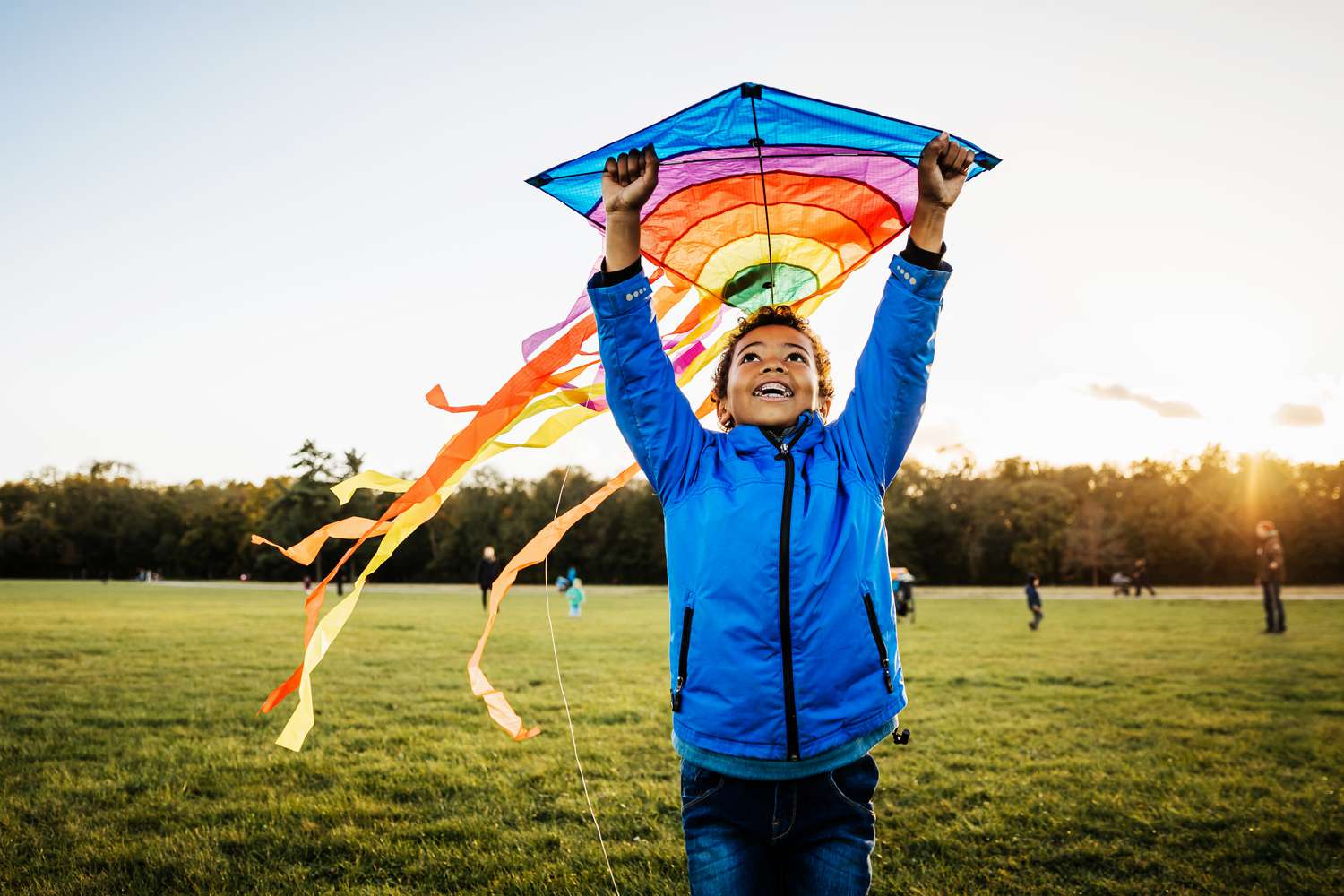

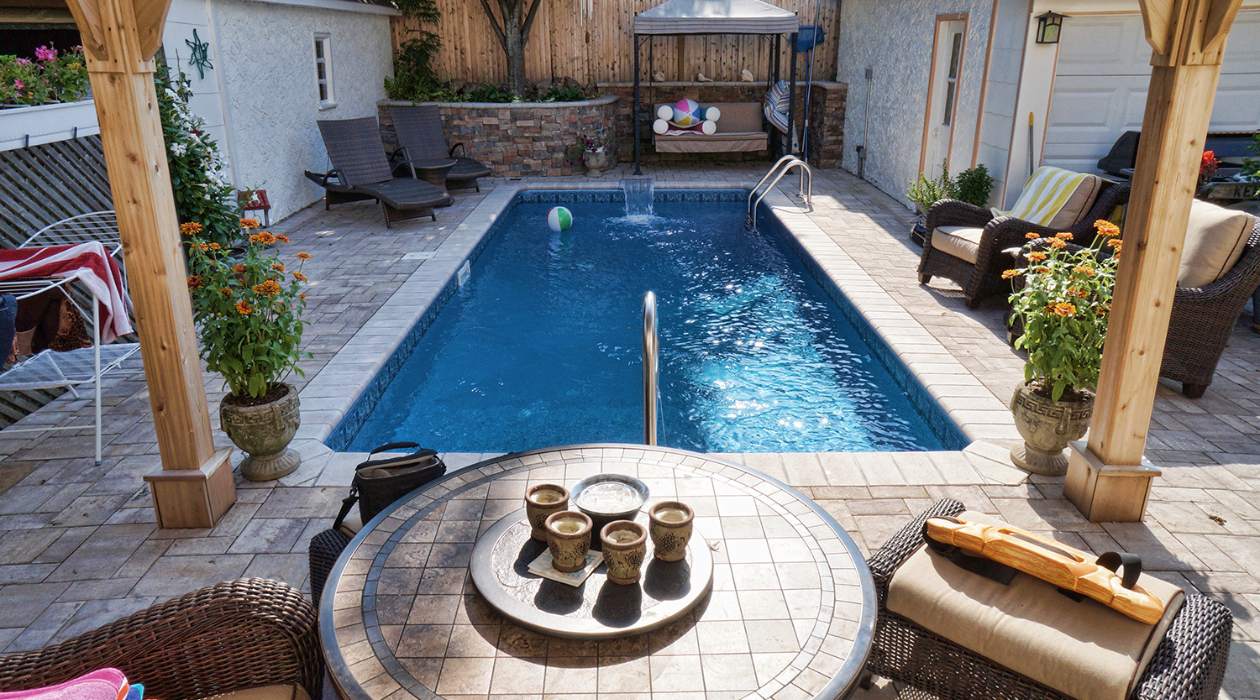



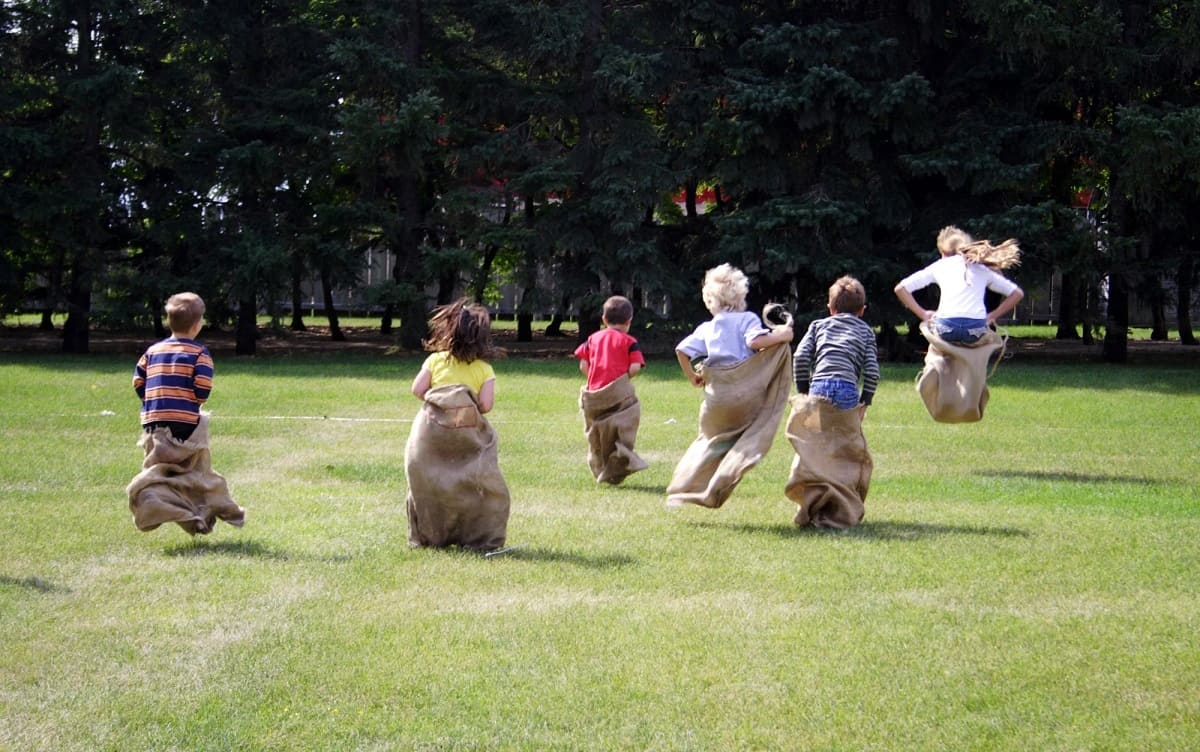



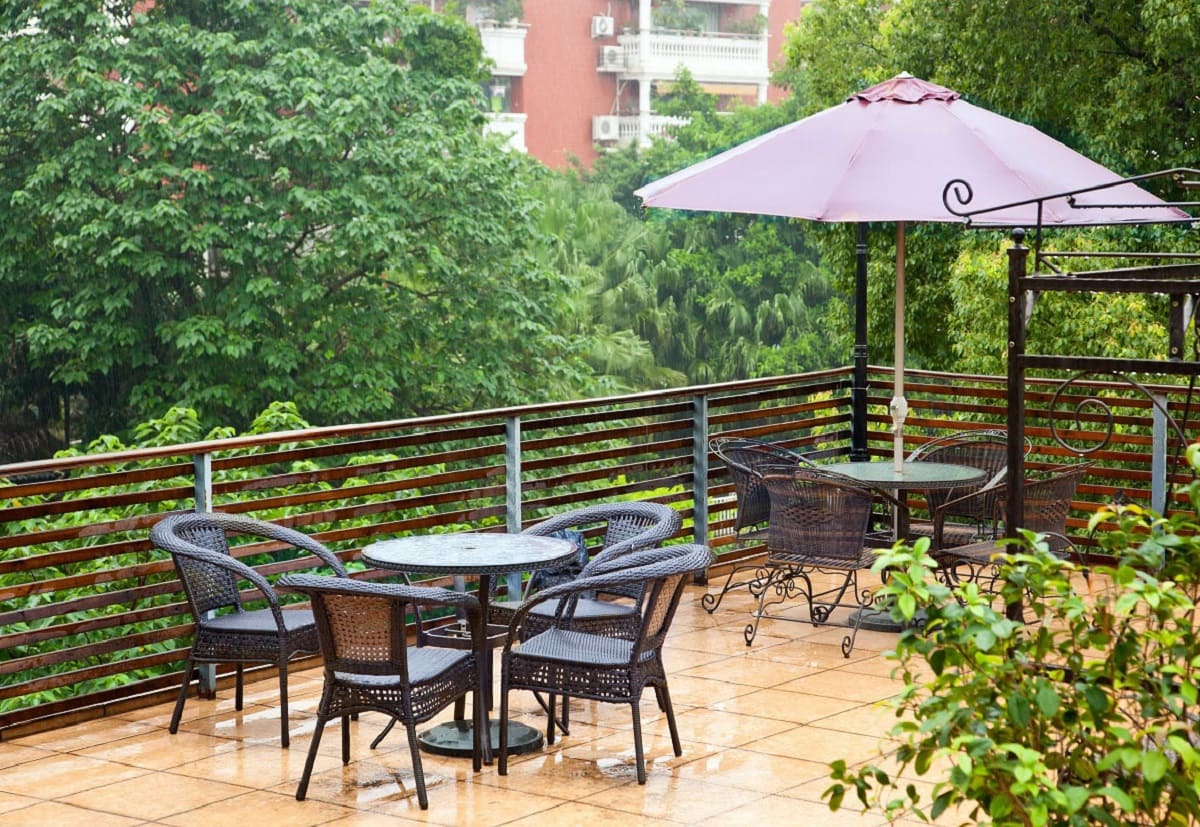


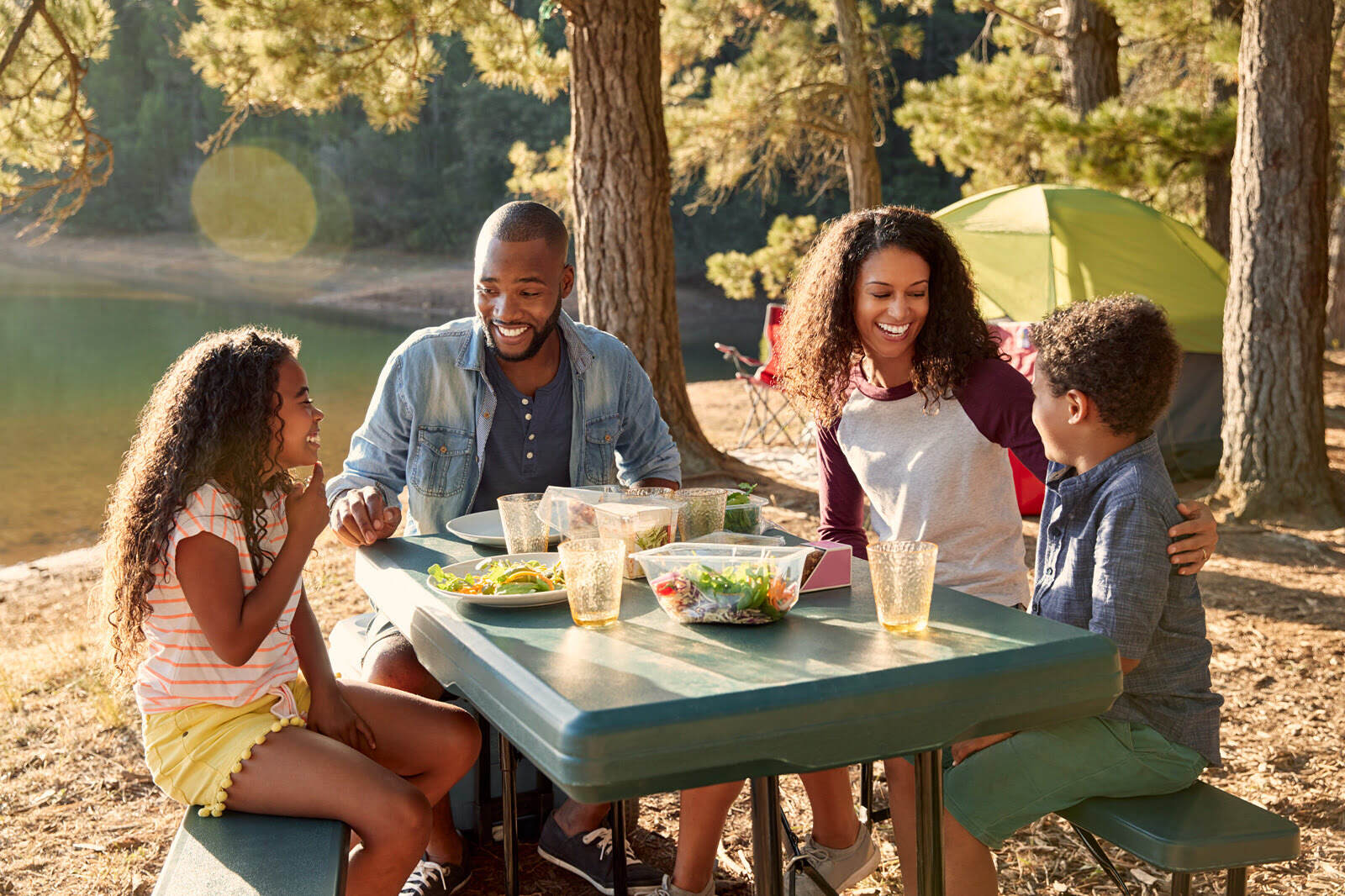

0 thoughts on “What Should You Do When Planning Outdoor Activities?”